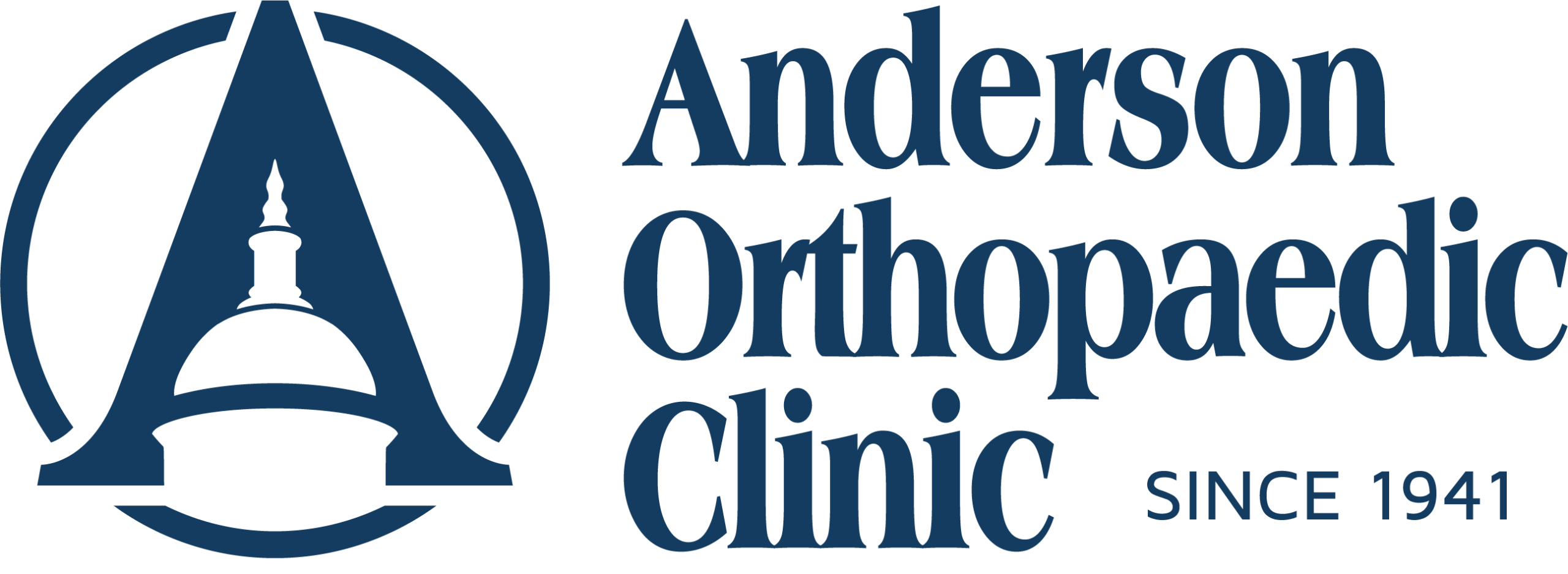Shoulder pain can quickly go from an occasional nuisance to a constant obstacle in your daily routine. Whether it begins suddenly after an injury or builds over time, rotator cuff problems are a common cause. Once you’ve met with a specialist like the ones at Anderson Orthopaedic Clinic, one of the first things you may learn is whether you’re dealing with a partial or full tear. Understanding the difference can help guide your expectations for recovery and treatment.
Understanding Rotator Cuff Tears
The rotator cuff is a group of four muscles and their tendons that surround the shoulder joint. These tendons help stabilize the shoulder and allow for a wide range of motion. A tear in the rotator cuff occurs when one or more of these tendons is damaged, either partially or completely.
These types of injuries are especially common as we age, though they can happen at any time.
How Does a Rotator Cuff Tear Occur?
Rotator cuff tears generally result from one of two causes.
1. Acute Injuries
A sudden, forceful event can cause an immediate tear. This might include:
- Lifting something too heavy
- Falling and landing on your arm or shoulder
- Sports injuries
- Car accidents
Pain is typically immediate and intense.
2. Degenerative Wear and Tear
Over time, the tendons in your shoulder can wear down due to repetitive motion or aging. This gradual breakdown may not cause noticeable symptoms right away but can eventually lead to pain and weakness.
Athletes, especially baseball players, tennis players, and weightlifters, are more prone to these tears.
Reduced blood supply to the tendons as we age also limits the body’s ability to repair minor damage.
Common Symptoms of a Rotator Cuff Tear
Signs you may be dealing with a tear include:
- Shoulder pain during the day or at night, especially when lying down
- Pain when lifting or rotating your arm
- Weakness or difficulty lifting your arm
- A crackling or popping sensation when moving your shoulder (crepitus)
Partial vs. Full Rotator Cuff Tears
The key difference lies in how much of the tendon is torn:
- Partial Tear (Incomplete Tear): The tendon is damaged but still partially attached to the bone.
- Full Tear (Full Thickness Tear): The tendon is completely torn away from the bone, disrupting full function.
Treatment Options for a Rotator Cuff Tear
After assessing your age, overall health, activity level, and type of tear, your shoulder specialist will recommend a treatment plan tailored to your needs. The primary goal is to relieve pain and restore shoulder function.
Non-Surgical Treatment
Many partial tears, and even some full tears, can be treated without surgery. This may include:
- Anti-inflammatory medications
- Activity modification and rest
- Avoiding overhead motions
- Corticosteroid injections
- Physical therapy to rebuild strength and flexibility
Keep in mind that symptoms may return or worsen over time if the tear progresses.
Surgical Treatment
If conservative treatments don’t provide relief, or if you have a physically demanding job or an active lifestyle, surgery may be necessary. Surgical repair involves reattaching the tendon to the head of the upper arm bone.
Surgical treatment is commonly performed arthroscopically using small incisions. This offers a quicker recovery compared to traditional open surgery.
Shoulder Specialist in the DMV Area
You don’t have to live with shoulder pain. If you’re experiencing discomfort or limited mobility, contact Anderson Orthopaedic Clinic for a personalized treatment plan.
Sources:
Rotator Cuff Tear Treatment in Bethesda, MD | OrthoBethesda
Rotator Cuff Tears: Surgical Treatment Options – OrthoInfo – AAOS

